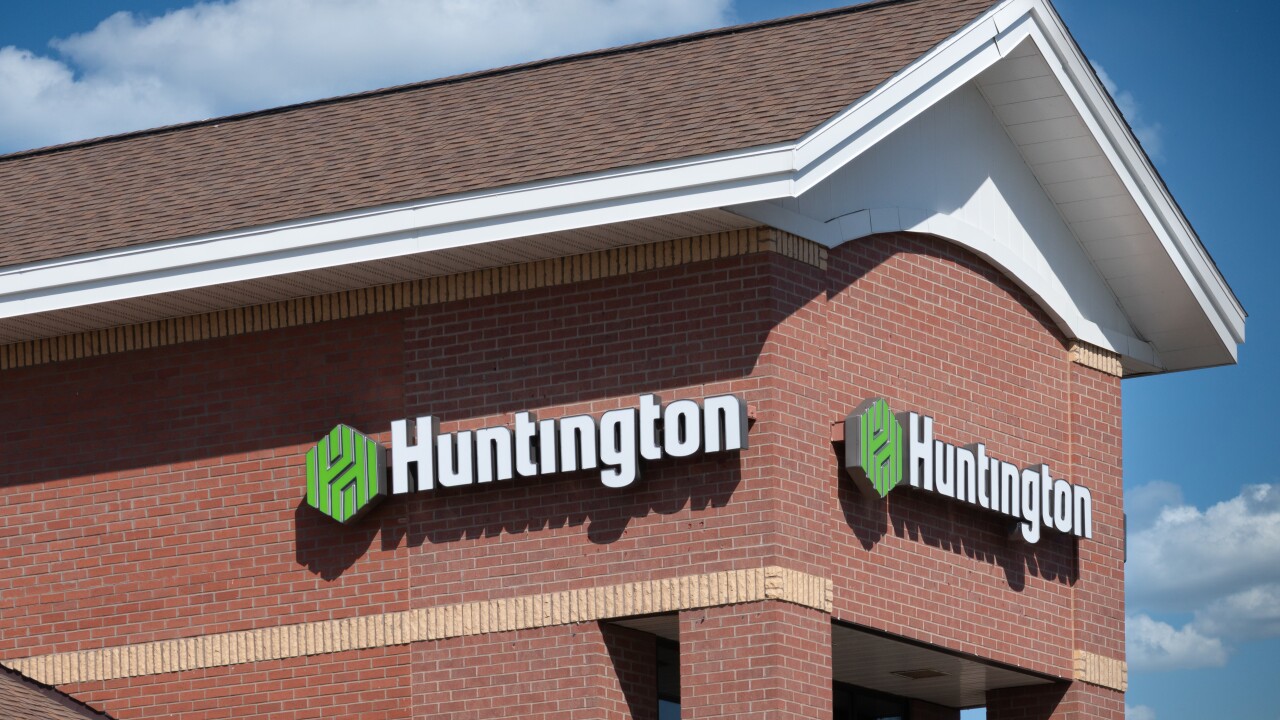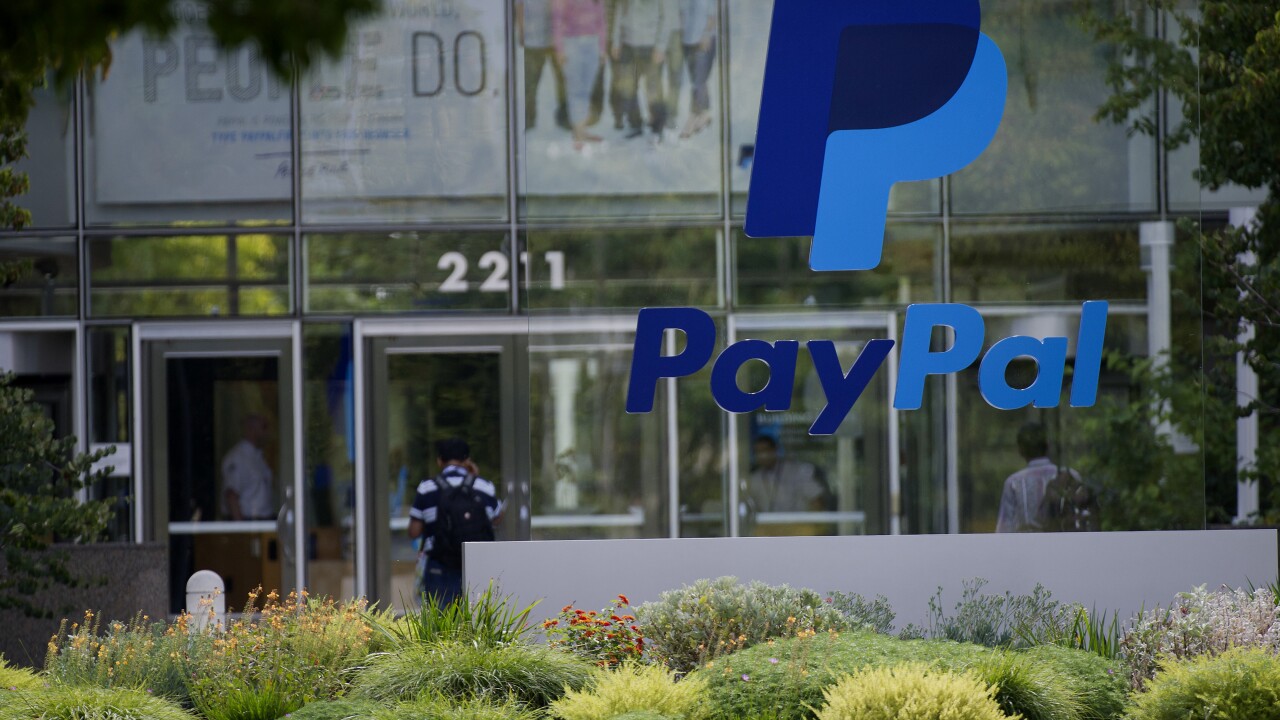More consumers are finding alternatives to traditional banking that empower them with new flexibility and capabilities. Even previously unbanked or underbanked consumers are discovering these innovative options and accessing all that the digital marketplace has to offer.
This holiday season, you probably noticed more stores with mobile payments options at the counter. The American consumer can use cash, cards (credit, debit or prepaid), and now even their phones or wearable tech. This rapid evolution in how we bank and shop reflects incredible innovation in the fintech sector, and policymakers, tasked with overseeing this growing market, have a tremendous challenge on their hands. Either keep up with the payments revolution or be out of step with how a growing number of their constituents are banking — especially millennials.

Upwardly mobile millennials account for 40 percent of reloadable prepaid card spending. They rely on these accounts to help manage budgets and avoid debt, all while taking advantage of the other benefits that come with innovations in the payments space. These technological advancements were pioneered by the innovative prepaid community—think real-time account updates and fraud notifications to help improve the safety and convenience essential to all consumers.
From the popular offerings mentioned above, to peer-to-peer payments services and other linked devices in the Internet of Things, prepaid has served as the critical foundation. In other words, fintech is not a message point, genuine payments innovation helps improve the financial health of everyday Americans by empowering them to have more control over their finances, and therefore their futures.
These advances are primed to have a positive impact on individuals’ financial well-being across demographics, income brackets and localities. Recently the FDIC released its 2017 National Survey of Unbanked and Underbanked Households, which made clear that prepaid accounts help people from various demographics access the financial system. The payments industry has long seen this sea change on the horizon. For years, we’ve worked to create and maintain a regulatory environment that fosters such innovation.
Policymakers, to their credit, have begun to take notice of these new marketplace dynamics. A series of positive developments over the last year signal lawmakers’ and regulators’ willingness to think differently when it comes to the regulatory landscape.
One example is the Consumer Financial Protection Bureau, now led by Kathy Kraninger as director. In 2018 the bureau listened to the payments community regarding the Prepaid Accounts Final Rule and provided additional time for the industry to comply, then made refinements to protect consumers. The balance between compliance and continued innovation will be essential to ensuring all Americans have access to the tools and information they need to make informed decisions in their own financial self-interest.
Another sign is the Federal Deposit Insurance Corp.’s efforts to re-examine the agency’s brokered deposits regulations and FAQs. The FDIC’s re-examination of brokered deposits is the first step in what the innovative payments community hopes will be a public conversation about the future of banking, one that could lead to a significant lowering of the barriers of entry into the market by reducing the costs of bringing innovative products to market, which will ultimately benefit consumers by giving them more choices, more services and eventually lower costs.
Fine-tuning regulations with an eye toward the future as well as revisiting old, outdated regulations is exemplary good governance. Like the payments industry, policymakers exist in a rapidly shifting arena. As the 116th Congress begins, innovative payments companies look forward to the influx of new ideas that can help advance innovations in fintech and payments.
Change is inevitable. As we grow more interconnected to our technology, our finances will increasingly follow suit. It’s an exciting prospect that may continue to open doors for individuals who were marginalized because of their socioeconomic status. These developments could fundamentally change our economy for the better, and innovative payments providers stand at the ready to work with policymakers to help deliver that change.
A decade from now, the annual holiday shopping season will undoubtedly look different. Innovation will continue to march on, as it always has. The question for lawmakers is how to work together to make sure as many people as possible are able to take advantage of the opportunities provided by innovation in the banking sector.





